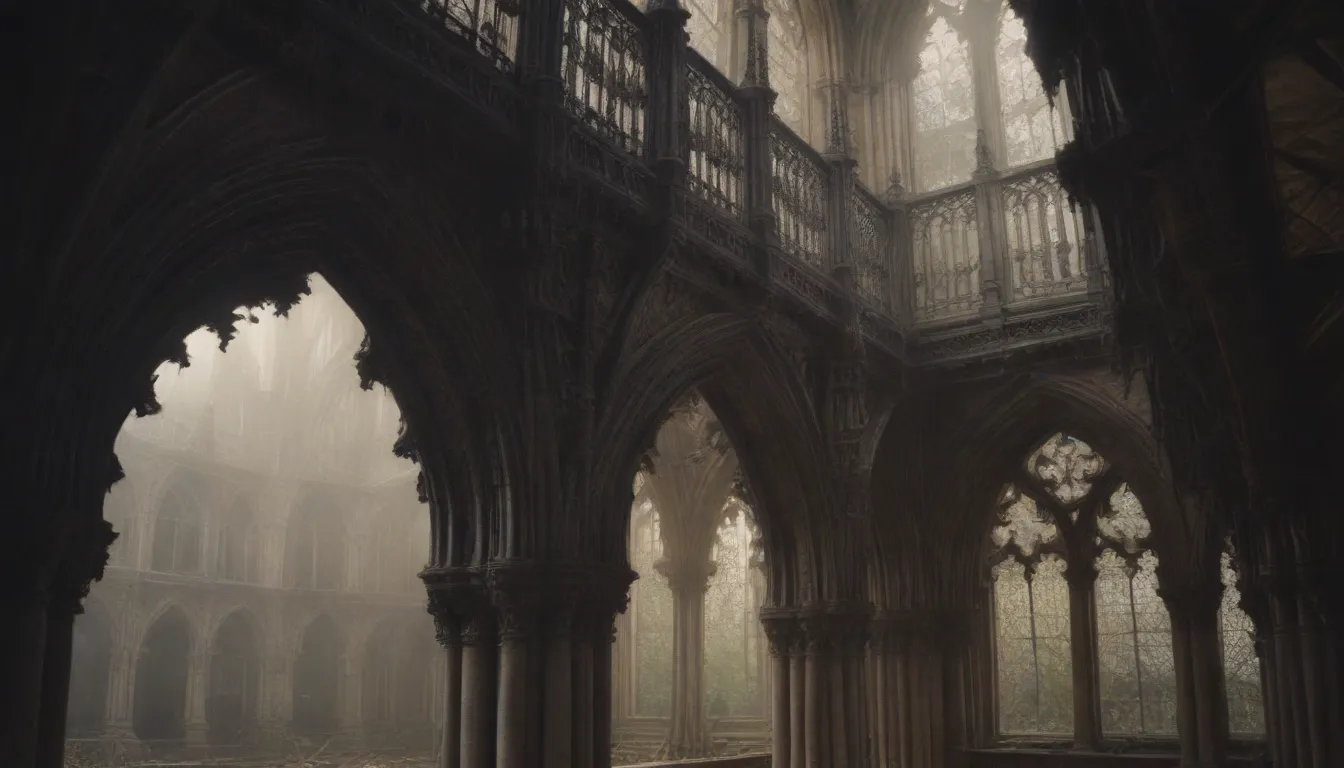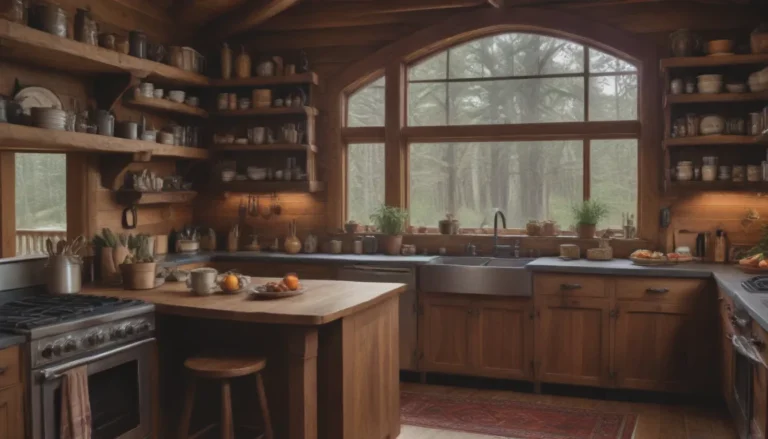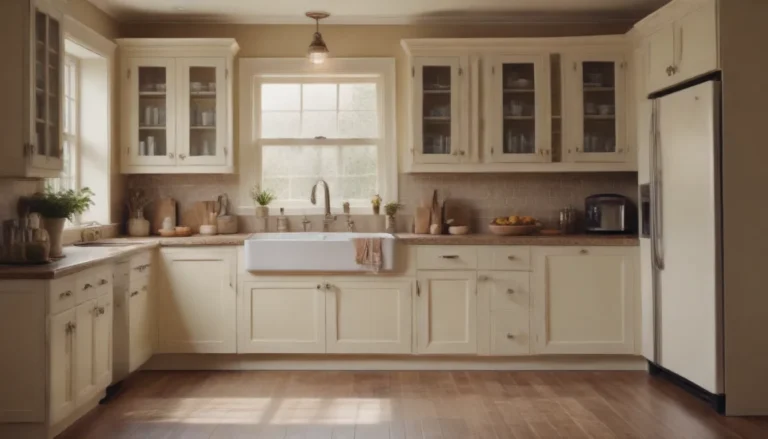Unraveling the Mysteries of Gothic Revival Architecture

If you’ve ever marveled at the intricate detailing, pointed arches, and grand windows of Victorian-era churches or historical buildings, you’ve likely encountered Gothic Revival architecture. Also known as Neo-Gothic or Victorian Gothic, this fanciful style dominated the architectural scene in the 1800s, influencing not only grand structures like churches and government buildings but also making its mark on residential homes.
Delving into the Key Characteristics
So, what exactly sets Gothic Revival architecture apart? Let’s break down some of the key characteristics that make this style so unique and captivating:
- Intricate detailing: Gothic Revival structures are known for their elaborate detailing, from whimsical tracery to ornate carvings.
- Building materials: Stone, glass, iron, and steel are commonly used in Gothic Revival architecture, giving buildings a sturdy and timeless quality.
- Vertical emphasis: Tall, towering structures with a vertical emphasis create a sense of grandeur that harkens back to medieval times.
- Flying buttresses: These architectural supports, typically seen in Gothic structures, are also a common feature of Gothic Revival buildings.
- Pointed arches: One of the most iconic elements of Gothic architecture, pointed arches add sophistication and elegance to any structure.
- Large windows: Gothic Revival buildings often feature expansive windows that flood interiors with natural light, creating a sense of airiness and openness.
Some notable examples of Gothic Revival architecture include The Houses of Parliament in England, Highclere Castle, All Souls College at the University of Oxford, and the Strawberry Hill House.
In the United States, Gothic Revival style can be seen in the design of the Lyndhurst Mansion in New York, the Rose Hill Mansion Plantation in South Carolina, and the Carpenter Gothic cottages in Oak Bluffs, Martha’s Vineyard, Massachusetts.
Unearthing the Origins
Gothic Revival architecture has its roots in 18th-century England, a time when industrialization was on the rise and society began to yearn for a return to more traditional and nostalgic sensibilities. As the world embraced modernity with factories and machinery, a counter-movement emerged that sought to celebrate the beauty and craftsmanship of medieval times.
By the late 19th century, changes in building materials and construction methods led to a shift away from the ornate and elaborate Gothic Revival style, giving way to a more functional and practical approach to architecture.
Distinguishing Gothic Revival from Gothic Architecture
While Gothic architecture serves as the primary inspiration for Gothic Revival, there are some key differences between the two styles. Gothic architecture, built in or before the 16th century, relied on stone and glass with traditional construction methods. In contrast, Gothic Revival architecture, constructed in the 18th and 19th centuries, incorporated a mix of stone, glass, iron, and steel using newer construction techniques.
Exploring Gothic Revival Houses: Carpenter Gothic
The influence of Gothic Revival architecture extended beyond grand buildings to residential homes, giving rise to what is known as “Carpenter” Gothic. This style brings a touch of old-world charm to everyday living spaces, with scaled-down details that make it more accessible to homeowners.
Carpenter Gothic houses feature pointed arches, steep roofs, intricate trim, and vertical siding that emphasize height and elegance. While these homes may incorporate elements of Gothic detailing, they are typically more simplified and approachable in design.
Embracing Gothic Revival Interiors
The lavish and detailed exteriors of Gothic Revival buildings are mirrored in their interiors, with features like stained glass windows, vaulted ceilings, heavy oak furniture, and dramatic wallpaper creating a sense of opulence and grandeur. To recreate the Gothic Revival look in your own space, consider incorporating ornate finishes, dark color schemes, and decorative elements like gargoyles and statuary.
From Medieval to Modern: The Legacy of Gothic Revival
As we reflect on the enduring appeal of Gothic Revival architecture, it becomes clear that this style continues to inspire and influence contemporary design. Whether you’re drawn to the intricate detailing of Gothic Revival buildings or the grandeur of their interiors, there’s no denying the lasting impact of this architectural masterpiece.
In conclusion, Gothic Revival architecture stands as a testament to the beauty and craftsmanship of a bygone era, offering a glimpse into a world where artistry and creativity reign supreme. So, the next time you find yourself in the presence of a Gothic Revival structure, take a moment to appreciate the intricate details and timeless elegance that define this captivating architectural style.





